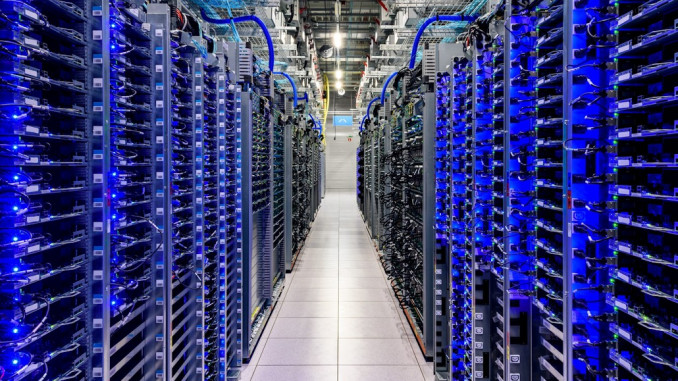
The International Energy Agency published a report earlier in 2024 with a warning that the demand for energy is predicted to grow at a faster rate over the next two years. One of the main contributing factors is the growth of data centers. Data centers are massive facilities that house computers and hardware needed to store and transfer data. This happens anytime a device uses the internet. These data centers are being built at alarming rates and require huge amounts of energy to run the computers, and fresh water to cool the heat, which is a byproduct of that energy usage (imagine when your phone or computer gets hot when you are using it). Already, these data centers account for more than 1% of global electricity use. One of Meta’s large data center complexes in Iowa uses the annual equivalent amount of power as 7 million laptops running eight hours every day. A recent Goldman Sachs report predicts that data centers will account for 8% of total electricity in the U.S. by 2030, tripling the current proportion.
Since the invention of bitcoin, a virtual currency or cryptocurrency, data centers have also been expanding due to cryptocurrency mining – a process where computer software creates new units of cryptocurrency. In 2023, this accounted for 2.3% of the entire U.S. electricity demand. Now, with the popularity of Artificial Intelligence (AI), that demand is expected to grow even more due to their energy-intensive algorithms. As companies compete for the best AI tools, researchers found that the cost of power to train the AI models is doubling every nine months.
In order to account for this increased energy demand, fossil fuel investments are on the rise, and are delaying the closure of some coal plants. The chief financial officer of an oil and gas company, Mountain V Oil & Gas, is clear: “[Tech companies] are starting to think like cement and chemical plants. The ones who have approached us are agnostic as to where the power is coming from.”
While tech companies’ investments in coal, oil, and natural gas are expanding, they are claiming to be on the cutting edge of addressing the climate crisis: an obvious lie! They argue that they are offsetting their fossil fuel usage by investing in renewable energy like wind, solar, and geothermal power, as well as investing in research on more experimental methods like nuclear fusion. They can invest all they want, but expanding both fossil fuel usage and renewable energy does not “offset” anything! The CO2 concentration still increases in the atmosphere, causing a cascade of changes that cannot just be reversed. Tech companies like Google and Microsoft also claim they can harness AI to “accelerate climate action” and “create the net zero [carbon], climate resilient and nature positive world that we so urgently need” to offset their massive energy and resource expansion.
Sound like a complete contradiction? That’s because it is! These massive corporations cannot reduce their energy usage if they want to increase their profits, but they have to pretend they are because of the growing public concerns about the climate catastrophe. It is obvious by their actions that their promises to the public are empty and their promises to their investors are full of capital. And this expense is all for technological “tools” that are only being used to make these companies even more profits and to better control and surveil workers, without freeing up any of our time or making our day-to-day lives easier.
These tech companies have no choice but to continue investing in an endless cycle of growth for profits’ sake, with no consideration for humanity’s needs. If workers were making the decisions, we would obviously not expand fossil fuel usage so recklessly, or we could actually harness these tools to reduce our energy usage and free up our time without losing our wages. We cannot allow corporations to keep making these decisions that keep us working around the clock and destroying our planet.




